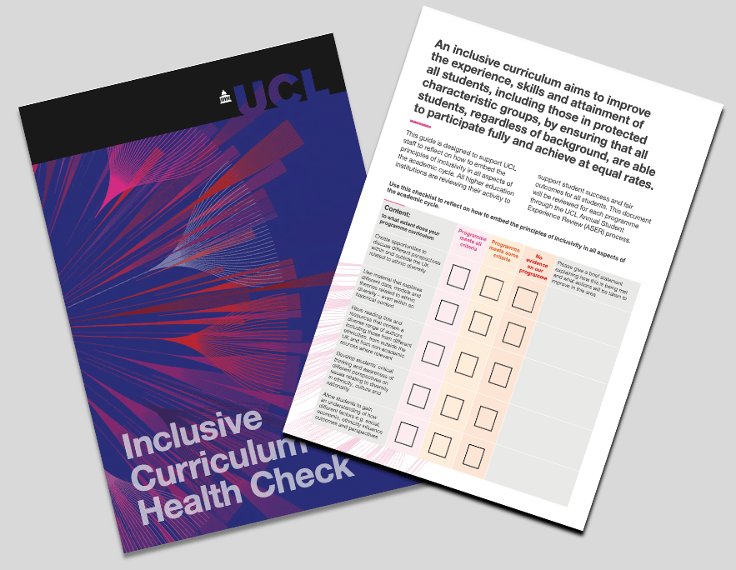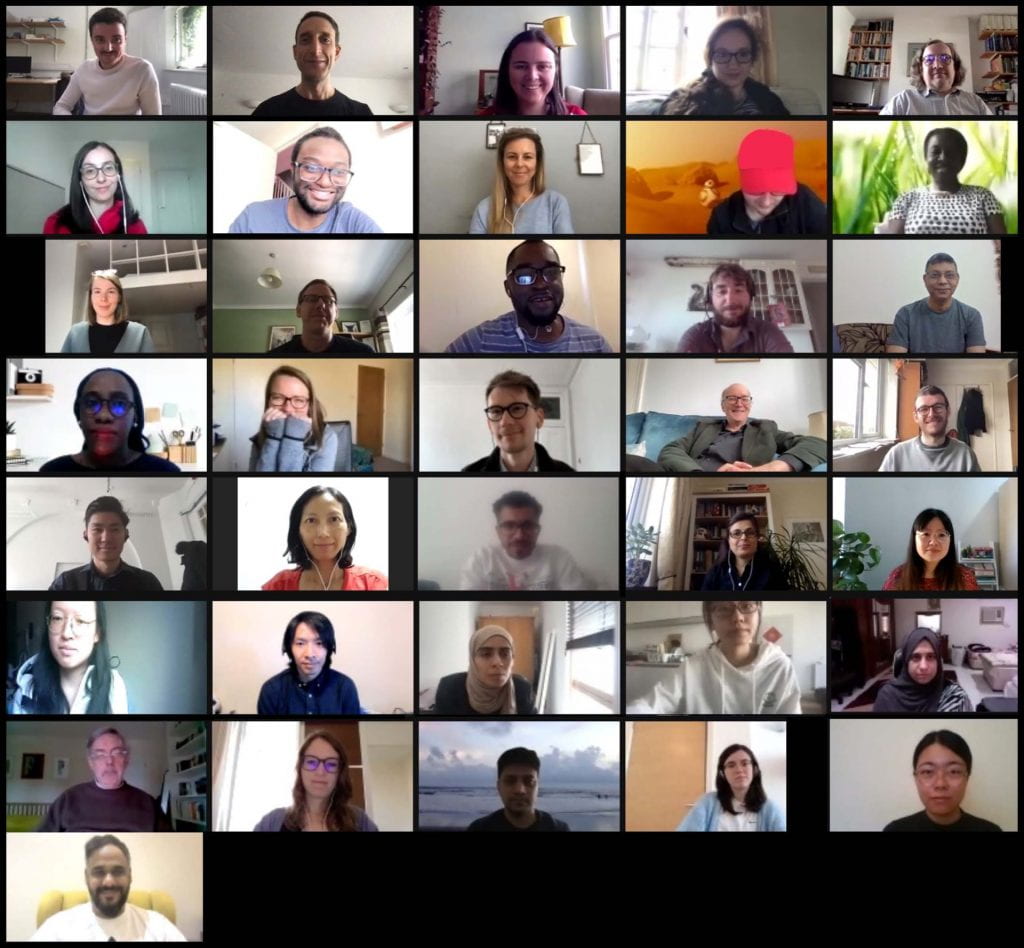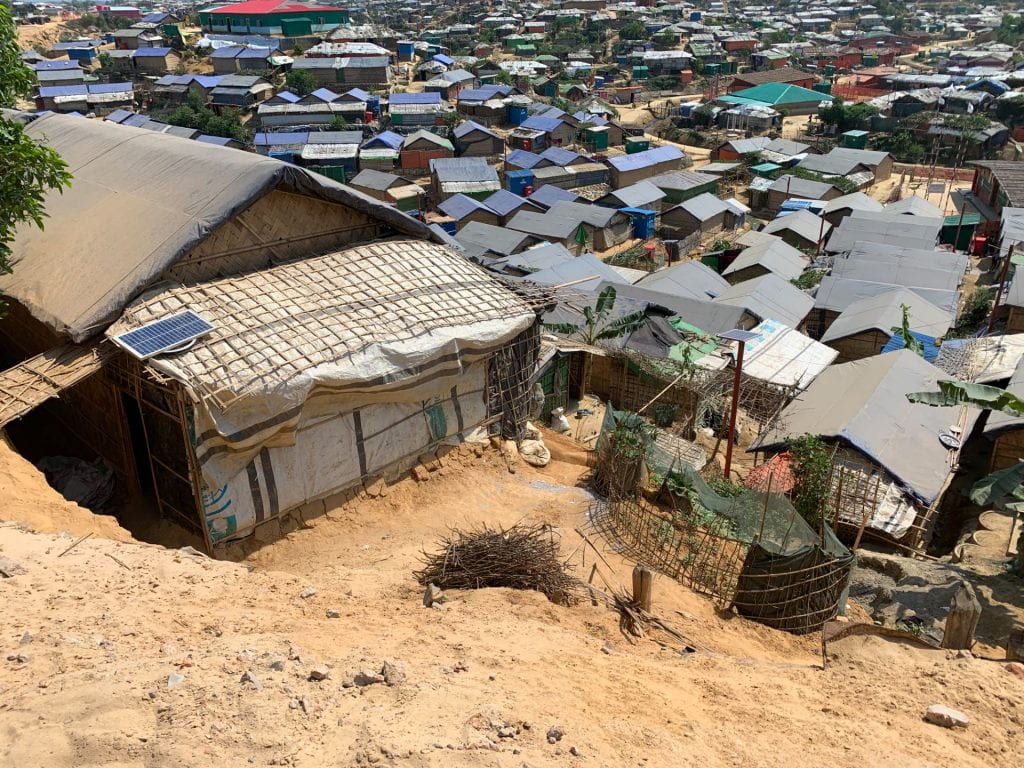Climate Hazards in the Northern Bolivian Altiplano
By Bayes Ahmed, on 14 July 2021
Written by Dr. Ximena Flores-Palacios, a Bolivian independent researcher and practitioner in sustainable development.

Tuni Condoriri Glacier. Photo: Leny Chuquimia, Página Siete.
The Northern Bolivian Altiplano is one of the most affected areas to the impacts of climate change and disasters. Vulnerable groups such as indigenous communities are the ones most at risk from climate hazards and are, in many cases, marginalized from socioeconomic progress. In order to prevent climate change and disasters from having further devastating impacts, it is necessary to close the development gaps that leave communities at risk. Without urgent action, climate change and disasters may push people deeper into poverty.
This region is located to the West of the Department of La Paz and covers an area of approximately 20,000 km² with a population of 2.5 million people (including the cities of La Paz and El Alto). A large part of this region is influenced by the presence of Lake Titicaca and the glaciers of the Cordillera Real mountain range. The altitude of the region ranges from 3,000 metres above sea level in the inter-Andean valleys to almost 6,500 metres above sea level in the peaks of the Cordillera Real, which is home to most of Bolivia’s glaciers.
The Northern Altiplano is particularly vulnerable to climate variability and the adverse impacts of climate hazards that threaten communities and ecosystems. The region is already experiencing not only increases in temperatures but also changes in rainfall patterns and the water cycle. This, in turn, will have consequences for biodiversity and high-altitude wetlands. Besides, the region is exposed to different threats such as changes in the precipitation regime, frequent droughts, hailstorms, frosts, and snowfalls.
The most visible impact of climate change in high mountain regions is glacier retreat. The IPCC reports that Andean inter-tropical glaciers are very likely to disappear in the coming decades, which will negatively impact water availability in the region. In addition to global increases in temperature, the greater frequency of El Niño in recent decades has contributed to rapid glacial retreat.
Pressure on water resources in the region is already high, with an increasing demand for domestic consumption, agriculture, and dams. Therefore any future changes in the hydrological cycle will have significant implications in the region. This aspect is crucial as the cities of La Paz and El Alto draw on water from several surrounding glaciers, and together these cities form a fast-growing metropolitan area that is home to more than two million people.
Aymara people have adapted to climatic variability and changes in their environment over centuries. In the process, they have developed essential knowledge about the local climate and the environment, and they have domesticated numerous crops that are vital to ensure food security around the world. People have lived subsistence lifestyles for a long time, and for them, there is nothing new about adapting to harsh conditions. What is new, however, is the extent of the changes and the effect these changes are having on an increasing number of people. Even though families have had generations of experience in creating mechanisms to cope with such variability, the impacts of these climate hazards are affecting them disproportionally and threatening their culture.
Rural people in this region rely on natural resource-based livelihoods. They are engaged in high-altitude agriculture and livestock, and the communities around Lake Titicaca also partake in small-scale fishing. Families keep and store a part of their production for their own consumption and sell the rest. However, frequently and due to poverty-related causes, farmers have to sell their produce which in some cases affects their food security. Non-farming activities and migration are risk management strategies that also help to diversify income. Human mobility due to climate change has been rising in the last decades, as some people move in anticipation or adaptation to environmental and climate impacts, and others are displaced due to extreme events.
Rural livelihoods are highly vulnerable to climate change and disasters in terms of agriculture and food security, water supply, biological diversity, the environment, health, and infrastructure. This vulnerability is worsened by (i) very low levels of investment in climate-responsive agriculture, (ii) inequalities in land tenure, with the exacerbation of smallholdings as land continues to be divided resulting in the overexploitation of soils and vegetation, (iii) high dependence on climatic variables in agricultural production, with the majority of farmers without irrigation systems, who depend on rainfall, and are highly susceptible to hailstorms, frost and snowfalls; (iv) accelerated agro-ecosystem degradation processes, and (v) water pollution by mining, industry, and solid waste.
Despite the enormous challenges associated with poverty, environmental degradation, climate change, disasters, and now the effects of COVID-19, people in the region are making every effort to thrive in their own environment, and to build the resilience of their communities to climate and other shocks. For these people, resilience is rooted in traditional knowledge, as their capacity to adapt to climate change and disasters is based on an in-depth understanding of the environment, social organizations and networks, and cultural values and attitudes.
Rural people are responding to climate change and disasters in unique ways:
- To cope with climatic variations, people change and adjust their livelihoods. They diversify productive activities and continue to improve plant varieties and animal breeds, which provide a buffer against risks in uncertain environments. The ability to access multiple resources and rely on different land-use patterns contribute to their capacities to manage climate change at the local level. However, farming practices may also be forced to change as a result of reductions in water availability due to less rainfall and melting glaciers.
- Traditional weather and climate forecasting are still used by Andean communities to make decisions on the management of their farming system and climate change adaptation. However, the intensity, frequency, and extent of climate impacts are challenging people’s traditional knowledge. It is necessary to promote community disaster risk management and early warning systems to mitigate the negative effect of climate change.
- Traditional systems of governance and social structures are in place, and strong community networks are crucial for community resilience to climate change. Local organizations together with municipal governments are central actors in territorial development. Public policies must ensure that climate action is designed in a participatory manner that enables the participation of indigenous communities and other marginalized groups.
- People are using migration as an adaptation strategy. There are high levels of internal migration from rural to urban areas of the country and international migration, especially among men and youth. Rural areas are populated by women and older adults who face difficulties in terms of access to land, reduced productivity, fragmentation of land tenure, and the effects of climate change, further increasing vulnerability. Although migration is now a new phenomenon in the area, climate change seems likely to become a major force for future population movements, probably mostly through internal migration, but also to some extent through international migration.
Although Bolivia is making progress towards sustainable development, the impacts of climate change and disasters remain serious problems. In order to address these challenges, it is necessary to deepen understanding of climate change vulnerability, adaptation, and mitigation in the Northern Altiplano and to enhance the adaptive capacity of Andean communities.
Leveraging traditional knowledge in climate change adaptation and disaster risk reduction policies is not only essential, but it is key to increasing the resilience of communities facing the impacts of natural hazards and environmental change.
In addition to health impacts, COVID-19 threatens to further affect the livelihoods of Andean communities dependent on agriculture. Investment in rural agriculture is needed to help people become more self-reliant, mitigate the impact of severe events and increase the resilience of communities.
Acknowledgement: This blog article is part of the project “Climate change and migration in times of COVID-19 in Bolivia” supported by UCL Global Engagement Funds 2020-21. Special thanks to Alejandro Mamani and Cloe Barbera, the research assistants of this study.
 Close
Close






















